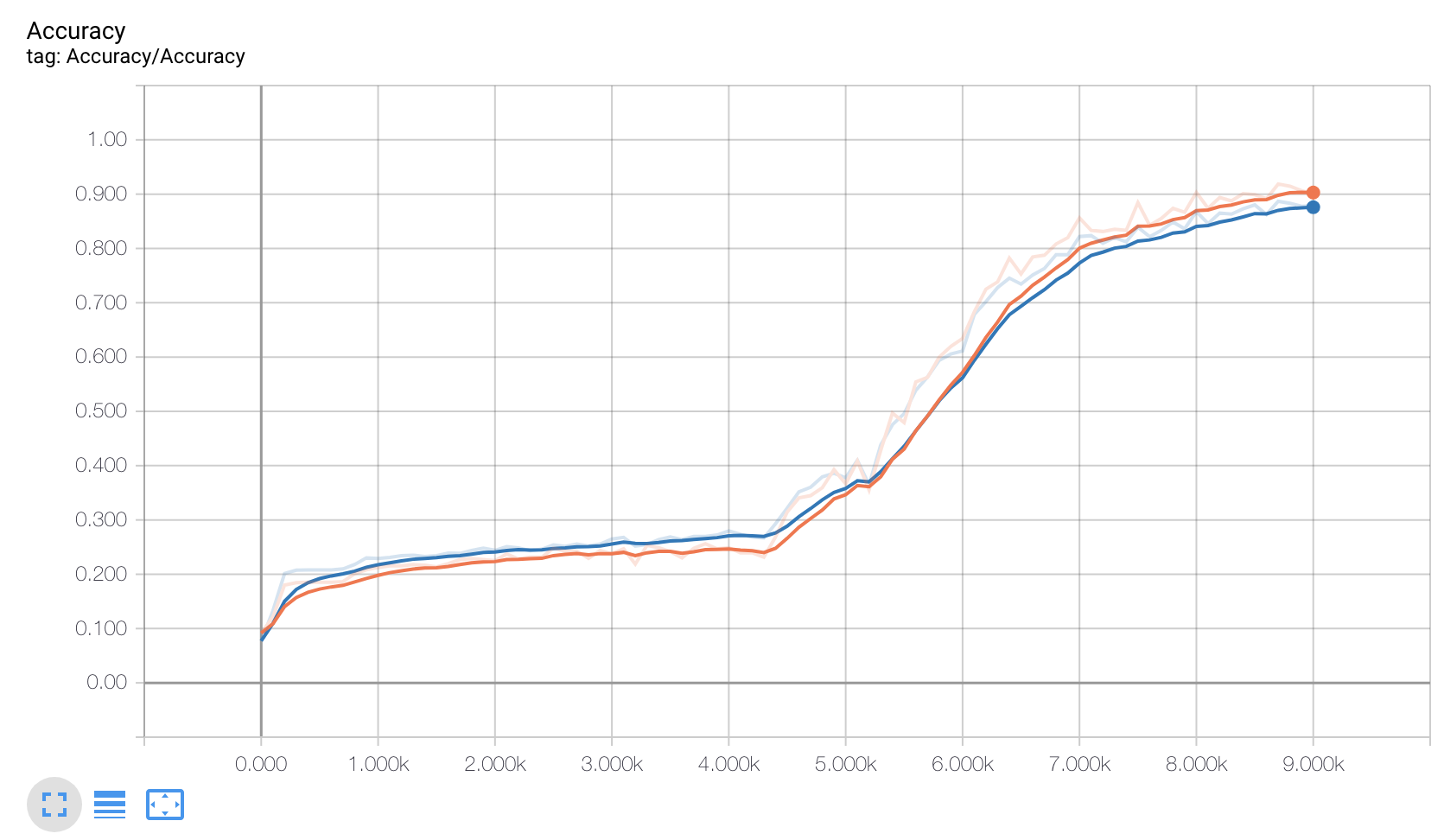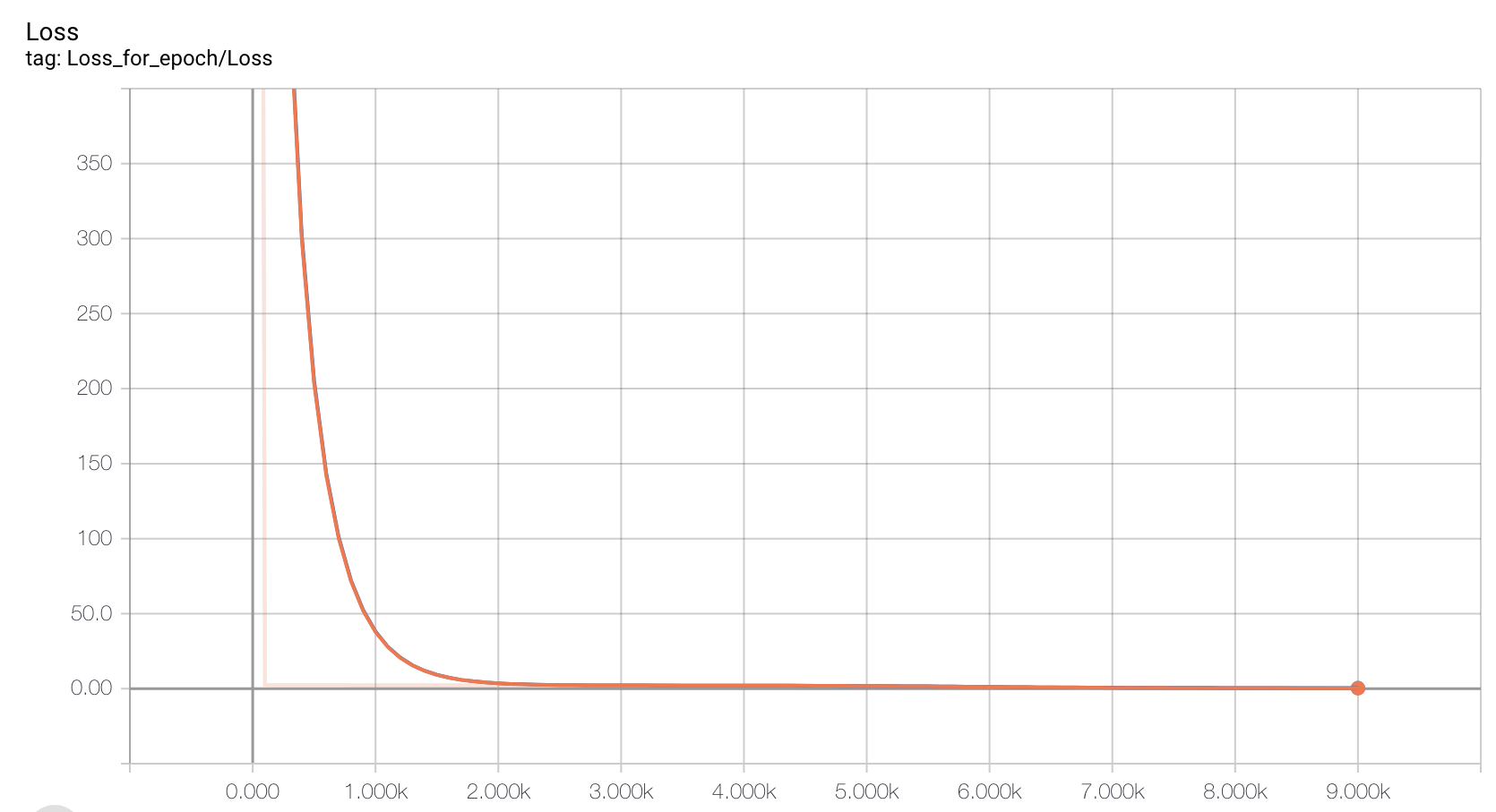This repository includes my work from the kaggle challenge: TensorFlow Speech Recognition Challenge. The objective of this competition is to create a machine learning model which can recognize between 12 different commands: yes, no, up, down, left, right, on, off, stop, go, silence and unknown. Inside unknown, you are supposed to include all the commands that don't fit the first 11 classes.
The data for this challenge includes more than 28,000 wav files, which are divided into 30 different classes. They come in a 7z compressed format, which can be uncompressed downloading 7zip unzipper. Here are the commands to download and unzip files with 7zip:
# Installing the unzipper
sudo apt-get update
sudo apt-get install p7zip-full
# unzipping files
7z x <FILE NAME>
My approach to solving this challenge was to use a Convolutional Neural Network working with the spectrograms of the audios. In order to do this, the first step was to separate the background noise into smaller fragments because I needed more data points of silence; ffmpeg tool was really useful for this.
After gathering the extra data I divided the files into its classes in different directories and converted the audio files into spectrograms. In order to do so, I installed sox which allowed me to do the conversion from wav files into spectrograms.
The architecture I chose for this model was based on the paper written by Karen Simonyan and Andrew Zisserman titled: Very Deep Convolutional Neural Networks For Large-Scale Image Recognition.
-
Resize the image to [160, 160, 3] (Height, Width, Channels)
-
Convolutional layer No. 1 | Kernel = [5, 5, 3,32] | Stride = [1,1,1,1] | Activation function = ReLU
-
Convolutional layer No. 2 | Kernel = [5, 5, 32,32] | Stride = [1,1,1,1] | Activation function = ReLU
-
Max pool layer No. 1 | Kernel = [1, 2, 2,1] | Stride = [1, 2, 2,1]
-
Dropout layer No. 1
-
Convolutional layer No. 3 | Kernel = [5, 5, 32,64] | Stride = [1,1,1,1] | Activation function = ReLU
-
Convolutional layer No. 4 | Kernel = [5, 5, 64,64] | Stride = [1,1,1,1] | Activation function = ReLU
-
Max pool layer No. 2 | Kernel = [1, 2, 2,1] | Stride = [1, 2, 2,1]
-
Dropout layer No. 2
-
Convolutional layer No. 5 | Kernel = [5, 5, 64,64] | Stride = [1,1,1,1] | Activation function = ReLU
-
Convolutional layer No. 6 | Kernel = [5, 5, 64,64] | Stride = [1,1,1,1] | Activation function = ReLU
-
Convolutional layer No. 7 | Kernel = [5, 5, 64,64] | Stride = [1,1,1,1] | Activation function = ReLU
-
Max pool layer No. 3 | Kernel = [1, 2, 2,1] | Stride = [1, 2, 2,1]
-
Dropout layer No. 3
-
Flatten output from the dropout layer
-
Fully Connected layer | Nodes = 1024 | Activation function = ReLU
-
Fully Connected layer | Nodes = 12 | (Output layer)
In order to train the model, I used softmax cross-entropy as a loss function, taking the mean of it to optimize the model. The optimizer I chose is Adam optimizer with a learning rate of 0.001 and a batch size of 32 images. In order to train the model, I used 1 GPU instance in GCP, training for 9000 steps.
After training the model for 9000 steps I submitted the results of the challenge data and got 71% of total accuracy after predicting 150,000 audios.

- https://www.kaggle.com/c/tensorflow-speech-recognition-challenge/data
- https://www.tensorflow.org/guide/
- https://www.tensorflow.org/guide/summaries_and_tensorboard
- https://arxiv.org/pdf/1409.1556.pdf
- https://www.ffmpeg.org/
- tensorflow
- pandas
- numpy
- matplotlib
- os
- skimage
- python
- ffmpeg
Juan Pedro Casian - Github: @JuanCasian - Email: juanpedrocasian@gmail.com

